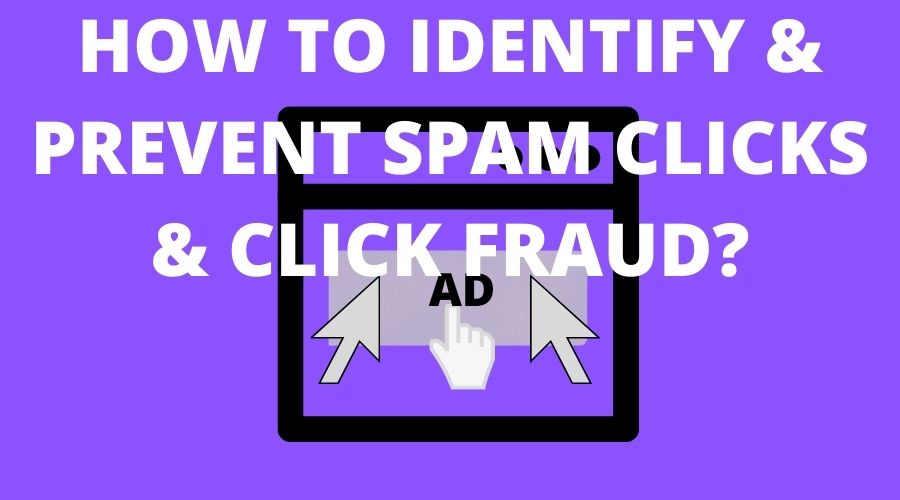
This post was most recently updated on January 18th, 2023
If you’re a publisher, you’ve undoubtedly seen those little yellow boxes in your ad reports that indicate spam clicks or abusive clicks. But what are they, and what can you do about them?
Over two in ten desktop clicks are spam clicks. Publishers don’t have to be victims of spam clicks if they invest in the right solutions to avoid them & safeguard sustainable profitability. In this post, we’ll explain everything you need to know about spam clicks on publishers’ ads. Keep reading to learn more!
Spam clicks are the ever-growing abusive clicks on your Adsense ads from bots or click farms that cost publishers millions of dollars, AdSense bans, and revenue clawbacks every year. They come in the ‘click fraud’ category.
Spam clicks can be done unknowingly by mistake or intentionally by competitors causing Google to detect invalid click activity on your website’s ad units and banning your AdSense account. According to a study by Pixalate, in the second quarter of 2016, publishers lost an estimated $2.4 billion due to fraudulent traffic. That’s a lot of cheese! So, what can we do about it?
If you’re still confused about spam clicks, just imagine a click farm worker or your competitor clicking on one of your ads 100 times. These fraudsters are not necessarily wasting their time clicking on your ads continuously as their main aim is to get your Google AdSense account suspended.
Google is extremely serious about spam clicks and abusive click activity and with their advanced algorithms, they are able to detect spam clicks easily. This problem also occurs when publishers either click on their own ads a bunch of times or ask their team to click for them. This will only result in your account getting shut down.
Never click on your own ads even by mistake because these will be counted as spam clicks. Many publishers have faced these problems with invalid traffic (IVT) causing abusive clicks on their ads and have not taken proper action to stop IVT for good.
Manual spam clicks require real people to click on ads, so the scope for it to expand is quite limited. Manual click fraud can also be harder to prove since it can be justified as accidental clicks.
Manual spam clicks can be of 3 types:
When competitors click your link, they know you’ll have to pay and get nothing in return. For a small business, even one competitor hitting your link daily can blow your budget. There are safeguards in place that keep it from being quite that easy. A more likely scenario would be a rival with a network of friends or employees. Each person in the network hits the same link at different times or from different devices.
Placement services such as Google’s AdSense match advertisers with established sites based on shared interests and demographics. You supply a banner ad or a text hyperlink to the placement service, and the service displays it on a comparable host site or affiliate. If a visitor clicks on your ad, the affiliate gets paid. It’s easy money for the affiliate, but the system can be abused, too. For example, affiliates may click on ads themselves here and there. Or like the rival mentioned above, affiliates might have employees, friends or family members clicking for them. The result is the same: more revenue for the affiliate at your expense.
Not all click fraud is bad. You may be accidentally refreshing your site’s ads out of curiosity or your friends or customers may be clicking on your ads just to see what it’s about. It’s all innocent and well-meaning, but it’s still costing you money. Plus, you’re corrupting your customer marketing data with each unnecessary click.
While manual spam clicks can be a pain, automated abusive clicks cause real harm. Most of the time, these are affiliates bringing in traffic through fake clicks. Automated Spam clicks include:
Bots perform routine online tasks mimicking human activities like web surfing, generating abusive clicks, etc. Cybercriminals can create “botnets” by installing malware on thousands of unsuspecting devices without the owner’s knowledge. This way they passively control those devices producing spam clicks.
Users are sometimes asked for help by affiliates; they are encouraged to click ad links to “support the channel” and to help finance future content. When they click on these ads, they are doing the affiliate a favor but advertisers are losing money in this case. Hit Inflation is a more aggressive technique when code snippets hidden in a legit link bounce the users to an ad page followed by a content page. Even a second spent on the ad page can count as a click, and the “ad page” can be as tiny as a single pixel. The users barely know that this is hit inflation. These spam clicks artificially inflate the number of visitors coming to an advertiser’s site through affiliate links.
Click farms combine both manual and automated spam clicks where large numbers of low-wage workers click on links using multiple devices to boost click figures. The process is automated by the assembly-line approach, where workers are stationed at a single location and have access to up to 50 to 100 devices (including smartphones and tablets). The clicks here look legit but behind the scenes, these workers are mimicking botnets.
Spam clicks impact the whole advertising ecosystem and are equally relevant to publishers running cost-per-click campaigns powered by AdSense. Abusive clicks slowly kill your Adsense earnings too. As a result of abusive clicks eating up the budget of legit advertisers, it depreciates the possibility of brands continuing to pay for ad inventory on your site. This damages the publisher’s reputation as well.
Once this happens, the algorithm will place the next advertiser who would have bid less against your ad inventory. If we were to continue this process into the future, it would mean that you were displaying advertising at lower rates than you really should be, which will eventually crush your gross ad revenue as well.
Google needs to be informed right away if your ads are getting clicked at an abnormally high rate without any solid conversions. You can report any type of invalid click activity to Google by filling out this Invalid Clicks Contact form here.
As a result, you will be able to disclose what you believe is going on with your account and inform Google that you aren’t familiar with where the spam clicks are originating from. This will stop any upcoming Adsense account bans and with the proper IVT solutions, you’ll be able to stop abusive clicks on your ads for good. You should keep in mind that most spam clicks on Google Adsense ads are done by people clicking on their own ads or trying to find ways to game the system. Artificially inflating your Google AdSense earnings will only hurt your site’s monetization in the long run.
Related Read: https://www.monetizemore.com/blog/how-appeal-adsense-ban-invalid-traffic/
Publishers need to be careful about spam clicks and click fraud in order to stop losing ad revenue. What you are unaware of is that the people that benefit from this type of click fraud are your competitors. In fact, 11% of all paid search clicks are fraudulent, and 36% of display ads clicks are also spam clicks.
If someone clicks on an ad without intending to buy anything, you’ll still earn a commission — but if advertisers discover spam clicks on your ad inventory, they may not be happy about it. They will stop buying your ad inventory once they find out that the majority of the traffic on your site is bot traffic or traffic coming from click farms. You may want to consider implementing efficient invalid traffic solutions that will be able to bust click fraud & abusive clicks on your ad inventory for good. Measuring and blocking click farm or bot-driven spam clicks will not only solidify your reputation with advertisers but will also help protect you from costly DDoS attacks, lower your content delivery network bill, and minimize the risk of getting AdSense bans.

Your website runs the risk of accumulating invalid traffic when you partner with low-quality ad networks, search engines, or directory sites. If you plan to go for AdSense arbitrage and purchase site traffic, ensure that whatever you do complies with Google AdSense policies & monitor all sources of traffic on your site.
Review this IVT checklist to stay ahead of the game: https://www.monetizemore.com/blog/checklist-invalid-traffic-detection
Robots.txt files are text files embedded on your web server that direct crawlers to access files or not. These bots will sometimes hit your website and then consume a large amount of bandwidth as a result of which your website will slow down. This can cause unstable servers and heavy server load issues. It is crucial to block abusive clicks from bots to prevent such situations.
You can block obvious bots through robots.txt by restricting problematic URLs or IPs. Here’s how:
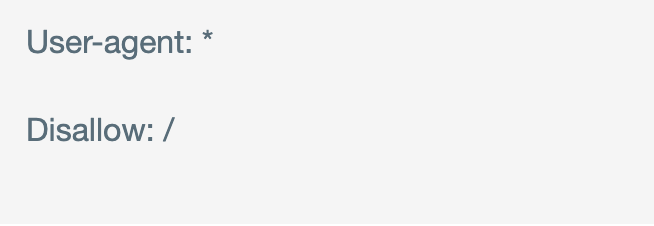
“*”: allows crawlers to index the site.
“/” after DISALLOW: crawlers can index or visit no pages.
This can temporarily slow down general invalid traffic but is not equipped to fight sophisticated invalid traffic.
Traffic Cop is an all-in-one Invalid Traffic Solution that measures and blocks all types of invalid click activity on your site including bots, spam clicks, abusive clicks, and other variants of ad fraud. This click fraud protection tool can detect & block both manual and automated spam clicks within seconds using advanced machine learning algorithms. Publishers like Androidwaves used Traffic Cop to eliminate all spam clicks on their ads and stop other sophisticated invalid click activity.
As shown below, Traffic Cop’s dashboard has a section called Ad Click Count by IP to detect the total count of ads clicked per IP address:
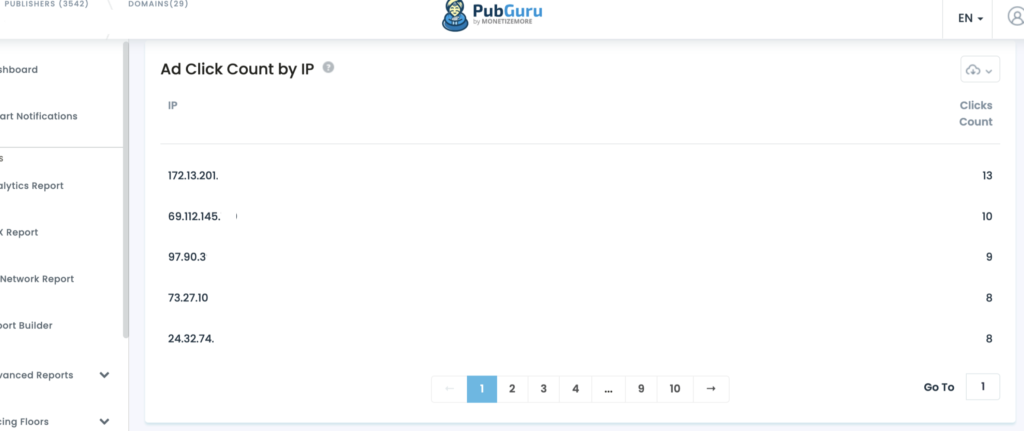
The Traffic Cop dashboard allows you to keep track of all bot-proofing activity in real-time. Our algorithm instantly predicts the likelihood of spam clicks, abusive clicks, and click farms on your ads. Once set up, sit back and relax because Traffic Cop will measure and block all the spam clicks and invalid click activity with zero intervention from your end.

Paid to Publishers
Ad Requests Monthly
Happy Publishers
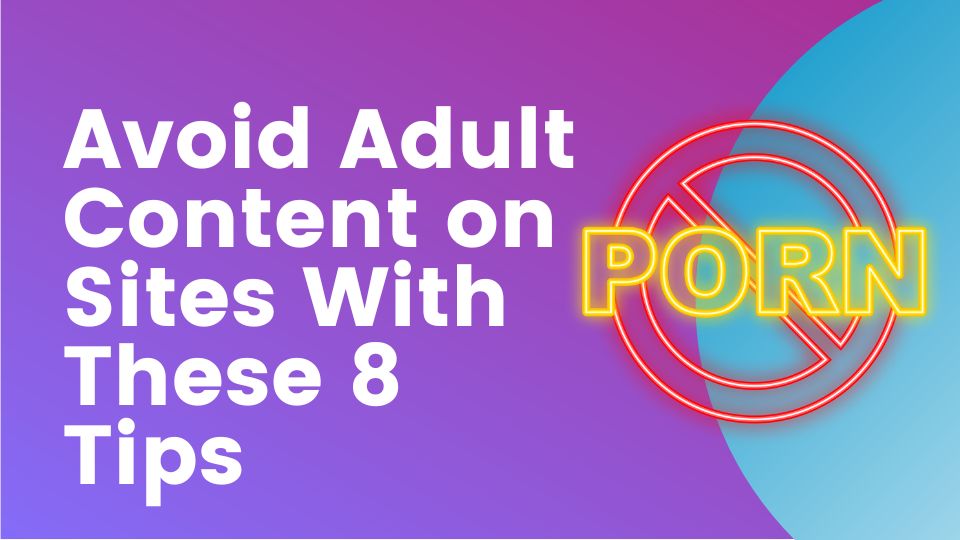

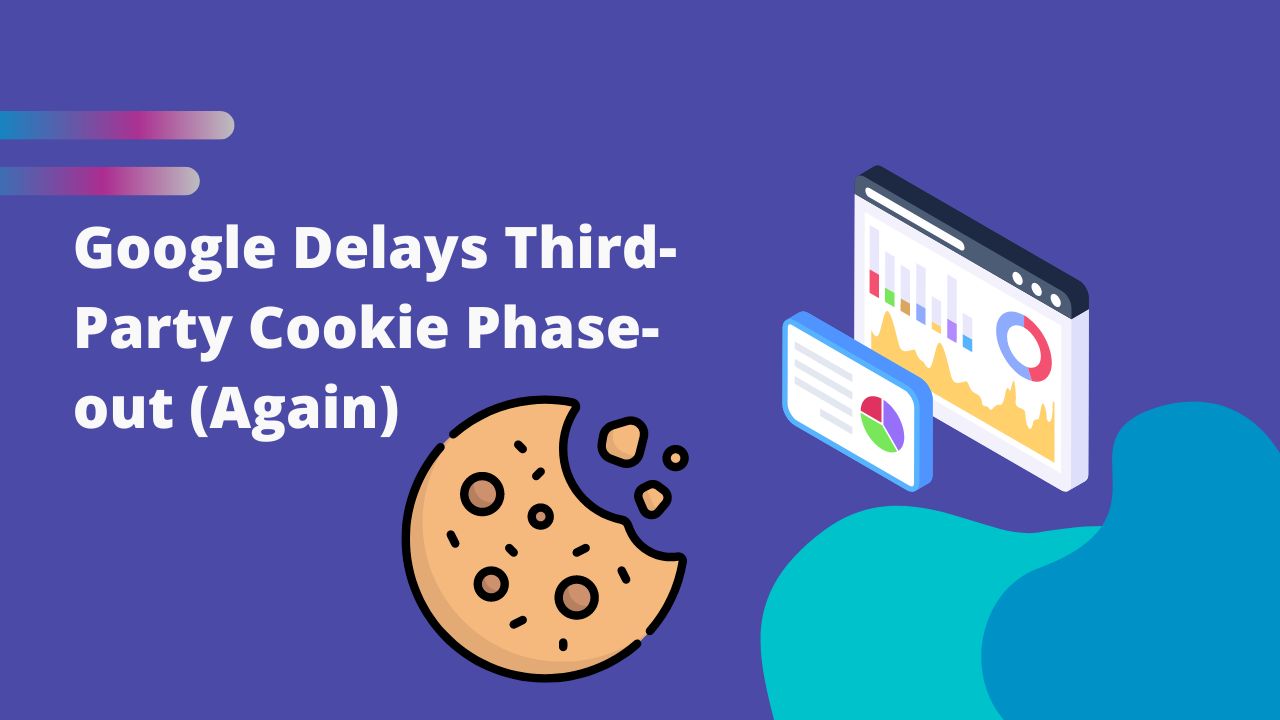
10X your ad revenue with our award-winning solutions.